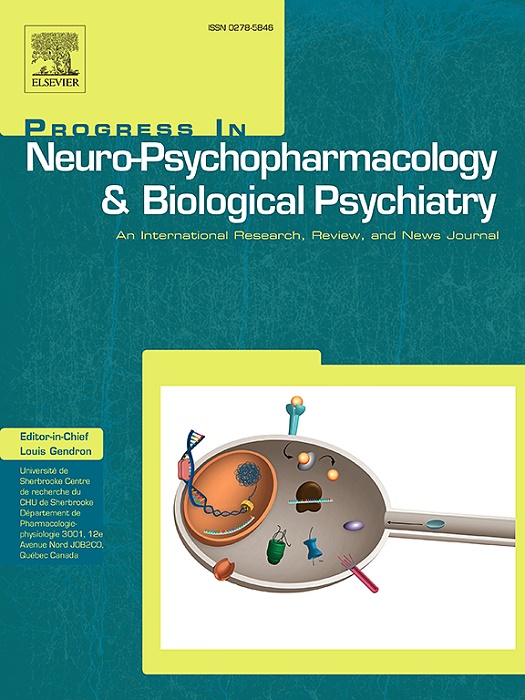Roles of cerebrospinal fluid metabolites in mediating the relationship between cathepsins and narcolepsy type 1: A comprehensive Mendelian randomization analysis
IF 5.3
2区 医学
Q1 CLINICAL NEUROLOGY
Progress in Neuro-Psychopharmacology & Biological Psychiatry
Pub Date : 2025-01-20
DOI:10.1016/j.pnpbp.2025.111263
引用次数: 0
Abstract
Introduction
To investigate the potential causal relationship between cathepsins and Narcolepsy Type 1 (NT1), along with the mediating influence of cerebrospinal fluid metabolites.
Method
We performed a comprehensive Mendelian randomization (MR) analysis using genome-wide association studies (GWAS) data. Data on nine plasma cathepsins and 338 cerebrospinal fluid metabolites were sourced from the IEU OpenGWAS database, and NT1 were obtained from the FinnGen consortium's R10 release. Univariate MR (UVMR), multivariate MR (MVMR) and gene co-localization analyses were used to explore the potential causal relationship between cathepsins and NT1. In addition, mediation analyses were performed to explore the role of cerebrospinal fluid metabolites in mediating the relationship.
Result
In UVMR study, we identified a significant positive association between genetically elevated levels of plasma cathepsin B (OR = 2.022, 95 % CI: 1.456–2.809, p < 0.01) and cathepsin F (OR = 0.676, 95 % CI: 0.473–0.966, p = 0.031) with NT1. However, in the MVMR analysis, only cathepsin B maintained a consistent effect (OR = 1.920, 95 % CI: 1.378–2.675, p < 0.001). Subsequent co-localization analysis indicated shared causal variants between cathepsin B and NT1, further highlighting the robustness of our findings. Additionally, mediation MR revealed that the association between cathepsin B and NT1 was mediated by sphingomyelin and 1-(1-alkenyl-palmitoyl1)-2-propenoyl-gpc, accounting for 2.6 % and 4.7 % of the effect, respectively.
Conclusion
Our findings suggest a probable causal relationship between increased cathepsin B levels and NT1, with the potential of cerebrospinal fluid fatty acid metabolism disorder playing a mediating role in the development of this association. This indicates the potential of cathepsin B as a promising biomarker for NT1, highlighting significant implications for the diagnosis and treatment of this condition.
求助全文
约1分钟内获得全文
求助全文
来源期刊
CiteScore
12.00
自引率
1.80%
发文量
153
审稿时长
56 days
期刊介绍:
Progress in Neuro-Psychopharmacology & Biological Psychiatry is an international and multidisciplinary journal which aims to ensure the rapid publication of authoritative reviews and research papers dealing with experimental and clinical aspects of neuro-psychopharmacology and biological psychiatry. Issues of the journal are regularly devoted wholly in or in part to a topical subject.
Progress in Neuro-Psychopharmacology & Biological Psychiatry does not publish work on the actions of biological extracts unless the pharmacological active molecular substrate and/or specific receptor binding properties of the extract compounds are elucidated.

 求助内容:
求助内容: 应助结果提醒方式:
应助结果提醒方式:


